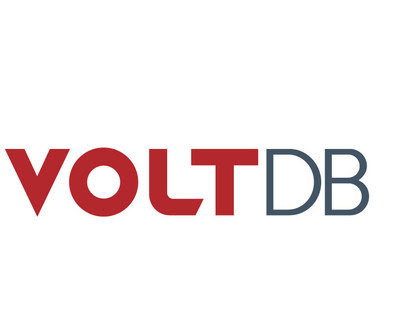Singapore, Aug. 31, 2021 (GLOBE NEWSWIRE) — AscendEX, a global digital asset trading platform with a comprehensive product suite, is thrilled to announce the listing of the Kava Swap token (SWP) under the pair USDT/SWP on September 1st at 1 p.m. UTC.
Kava is focused on democratizing financial services and making them openly accessible to anyone, anywhere in the world. Kava Chain is a decentralized, permissionless, censorship-resistant blockchain built with the Cosmos SDK. This means it operates much like other Cosmos ecosystem blockchains, and is designed to be interoperable with other chains.
Kava.io is the first cross-chain Decentralized Finance (DeFi) hub providing applications and services to the world’s largest cryptocurrencies. Kava’s platform operates as a decentralized bank for digital assets connecting users with products like stablecoins, loans, and interest-bearing accounts so that they can do more and earn more with their digital assets. For example, sers can deposit their digital assets and use them as collateral to borrow Kava’s crypto-backed stablecoin, USDX. The native swap token (SWP), launching Monday Aug. 30, allows users to swap and engage with multiple assets across different chains.
Kava Swap is a cross-chain liquidity hub for all DeFi apps and financial services. Its purpose is to enable the aggregation of capital where it can then be deployed seamlessly across different blockchain ecosystems, DeFi apps, and financial services. At its core, Kava Swap is a cross-chain Autonomous Market Making (AMM) Protocol that leverages the Kava platform’s DeFi infrastructure, cross-chain bridges, and security. Kava Swap delivers users a seamless way to swap between assets of different blockchains and deploy their capital into market-making pools where they can earn handsome returns.
The Kava Protocol is the set of rules and behaviors built into the Kava Chain that enables advanced DeFi functionality like permissionless borrowing and lending. Like most Cosmos ecosystem blockchains, the automated transaction behaviors known as “Smart Contracts” are hardcoded into the protocol. They are referred to as “modules” in the Cosmos Ecosystem. The Kava App uses a special kind of module called a CDP. Hard Protocol is an application that runs on Kava Chain. It does not have its own blockchain. It builds upon the Kava Protocol and adds new functionality, expanding the Kava Ecosystem to include an autonomous money market protocol.
The HARD token is a unique token on the Kava Chain. It is given as a reward for supplying and borrowing on the Hard app. KAVA, the native token of the KAVA protocol, is used as a Proof of Stake (POS) staking asset, which ensures the finality and safety of loans on the protocol and also acts as the ‘lender of last resort’ in certain situations. The Kava Chain is secured by its native token KAVA and it is used across the full chain as a transport and a store of value. It is given as a reward for minting USDX on the Kava app. USDX is a stable coin loosely pegged to the US Dollar. It is minted when a Kava CDP is opened. KAVA, SWP, and HARD are all governance tokens, meaning holders can vote on the rules and proposed new features of the protocols.
About AscendEX
AscendEX is a global cryptocurrency financial platform with a comprehensive product suite including spot, margin, and futures trading, wallet services, and staking support for over 150 blockchain projects such as bitcoin, ether, and ripple. Launched in 2018, AscendEX services over 1 million retail and institutional clients globally with a highly liquid trading platform and secure custody solutions. AscendEX has emerged as a leading platform by ROI on its “initial exchange offerings” by supporting some of the industry’s most innovative projects from the DeFi ecosystem such as Thorchain, xDai Stake, and Serum. AscendEX users receive exclusive access to token airdrops and the ability to purchase tokens at the earliest possible stage. To learn more about how AscendEX is leveraging best practices from both Wall Street and the cryptocurrency ecosystem to bring the best altcoins to its users, please visit www.AscendEX.com.
For more information and updates, please visit:
Website: https://ascendex.com
Twitter: https://twitter.com/AscendEX_
Telegram: https://t.me/AscendEXEnglish
Medium: https://medium.com/ascendex
About Kava Swap
Kava Labs is focused on democratizing financial services and making them openly accessible to anyone, anywhere in the world. Kava is the first cross-chain Decentralized Finance (DeFi) hub providing applications and services to the world’s largest cryptocurrencies. Kava’s platform operates as a decentralized bank for digital assets connecting users with products like stablecoins, loans, and interest-bearing accounts so that they can do more and earn more with their digital assets.
For more information and updates, please visit:
Website: https://www.kava.io/
Twitter: https://twitter.com/Kava_Swap
Telegram: https://t.me/KavaSwap
Medium: https://medium.com/kava-labs

Marketing Department AscendEX marketing@ascendex.com

